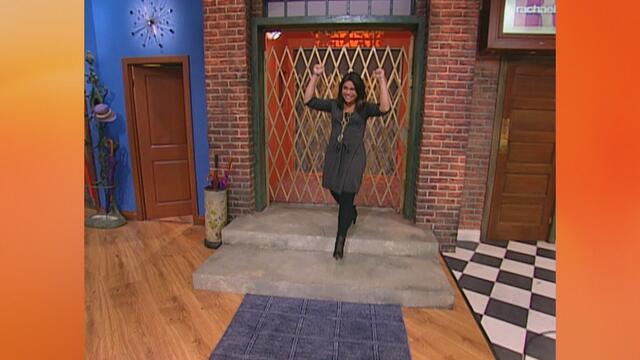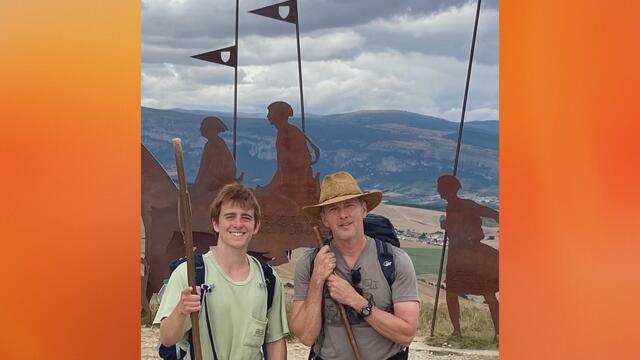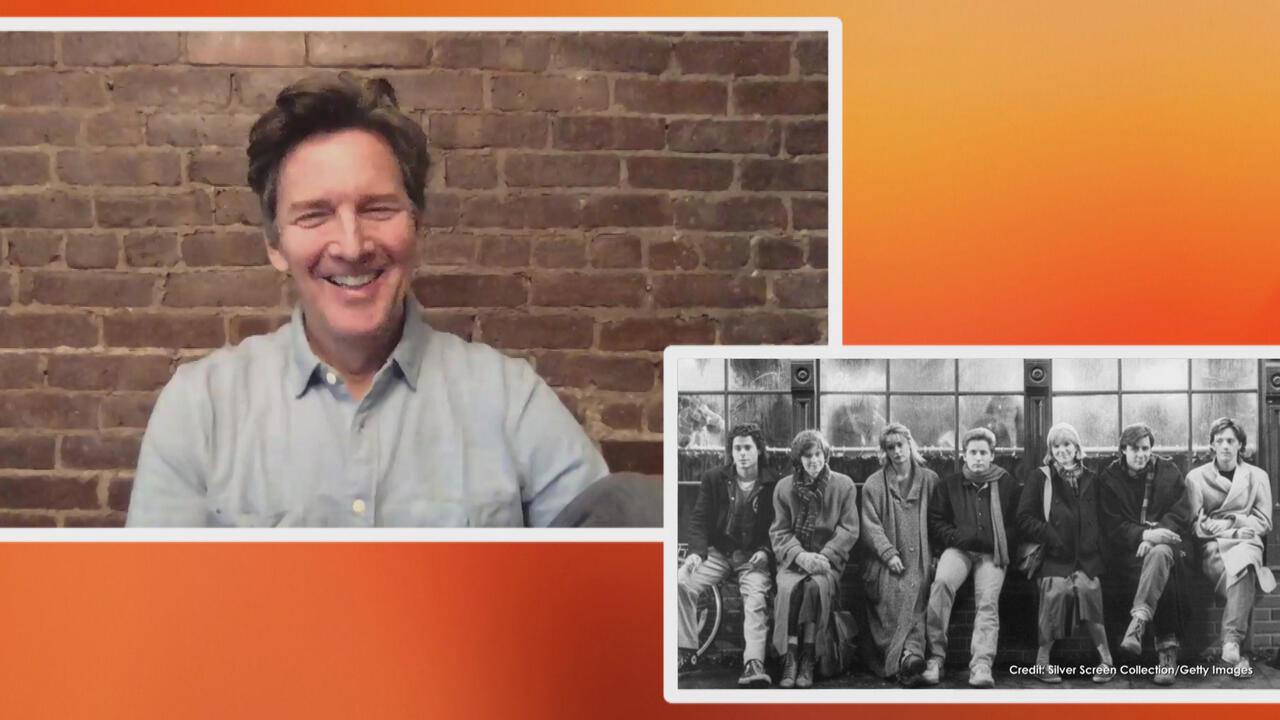

It Only Takes Hackers 60 Seconds to Steal Your Identity -- Here’…

Q&A with Organizational Pro Peter Walsh + Dermatologist Shares A…

Actor Hank Azaria + Freezer Meals + Artichokes 2 Ways with Rach

See Inside Barbara Corcoran's Stunning NY Apartment + It's Steak…

How to Make Chicken and Lobster Piccata | Richard Blais

Donnie Wahlberg Spills Details About NKOTB's First Ever Conventi…

Donnie Wahlberg + Jenny McCarthy Say Rach Is Such a "Joy" + Look…

The Best Moments From 17 Seasons of the Show Will Make You Laugh…

How to Make Crabby Carbonara | Rachael Ray

Rach Chats "Firsts" In Flashback From Our First Episode Ever In …

How to Make Apple-Cider Braised Pork Chop Sandwiches with Onion …

Rach's Chef Pals Say Goodbye to Show in Surprise Video Message

How to Make Sesame Cookies | Buddy Valastro

How to Make Tortilla with Potatoes, Piquillo Peppers and Mancheg…

How to Make Shrimp Burgers | Jacques Pepin

How to Make Spanakopipasta | Rachael Ray

Andrew McCarthy Chokes Up Discussing Emotional Trip to Spain wit…

Celebrity Guests Send Farewell Messages After 17 Seasons of the …

Celebrity Guests Send Farewell Messages After 17 Seasons of the …

Andrew McCarthy Teases Upcoming "Brat Pack" Reunion Special

Michelle Obama Toasts Rach's 17 Years on the Air With a Heartfel…
Did you know that it only takes 60 seconds for hackers to do a quick internet search and steal your social security number, date of birth and your mother’s maiden name? Pretty scary, huh?
Think about it -- according to Kevin Mitnick (who happens to be the world’s most famous and formerly most wanted hacker), Sarah Palin’s account was hacked by a college student about a year ago all because he guessed a simple password reset question! It’s not as hard to do as you might think.
WATCH: Spy Secrets That Could Save Your Life
Tip 1: Sign Up for Credit Card Transaction Alerts
Many credit card companies offer the option to notify you via text, phone call or email every time a transaction is made over a certain dollar amount. You can then verify whether it was a legitimate purchase, or tell the credit card company that it wasn’t you.
Tip 2: Use Random Passwords for Every Website
Password managers are very popular and can help protect your online accounts. Mitnick says popular ones are LastPass, 1Password and KeePass Password Safe. These programs will automatically generate a random password, fill it in for you, and every time you revisit that site, the login information automatically gets entered.
Tip 3: Use a 2-Factor Authorization to Log Into Accounts
Not only will you need a username and password to log in, you’ll also need to enter a security code that changes every 60 seconds -- this way if someone figures out your username and password, they still can’t get in without the code! All you need to do is download an app, and it’ll generate the code you need to get access.
READ: Self-Defense Lessons with a Former CIA Agent
Tip 4: Cover Your Webcam
Mitnick says webcams are always being hacked -- in fact, anyone could be watching you from anywhere in the world! (Creeped. Out.) A simple, inexpensive solution is to simply cover your webcam with a sticky note or piece of opaque tape like duct tape or masking tape (aka, NOT clear tape). Ta daaa!
Tip 5: Use a VPN When Using Shared Internet Connections
So many of us are guilty of this one -- hanging out in a coffee shop browsing the internet with their free wifi. (New Yorkers, we’re looking at you!) The person sitting next to you could potentially be eavesdropping on all of your communications!
“It’s so easy, a 14-year-old could do it,” says Mitnick.
Okay, we’re listening.
He says one thing we could do is purchase a portable internet device from your mobile operator, or subscribe to a VPN service (Virtual Private Network) and it costs about $60 a year. So when you’re using a hotspot, connect to your VPN provider and everything will be encrypted.
For more tips on protecting your privacy, check out Mitnick’s book “The Art of Invisibility,” in stores now.



